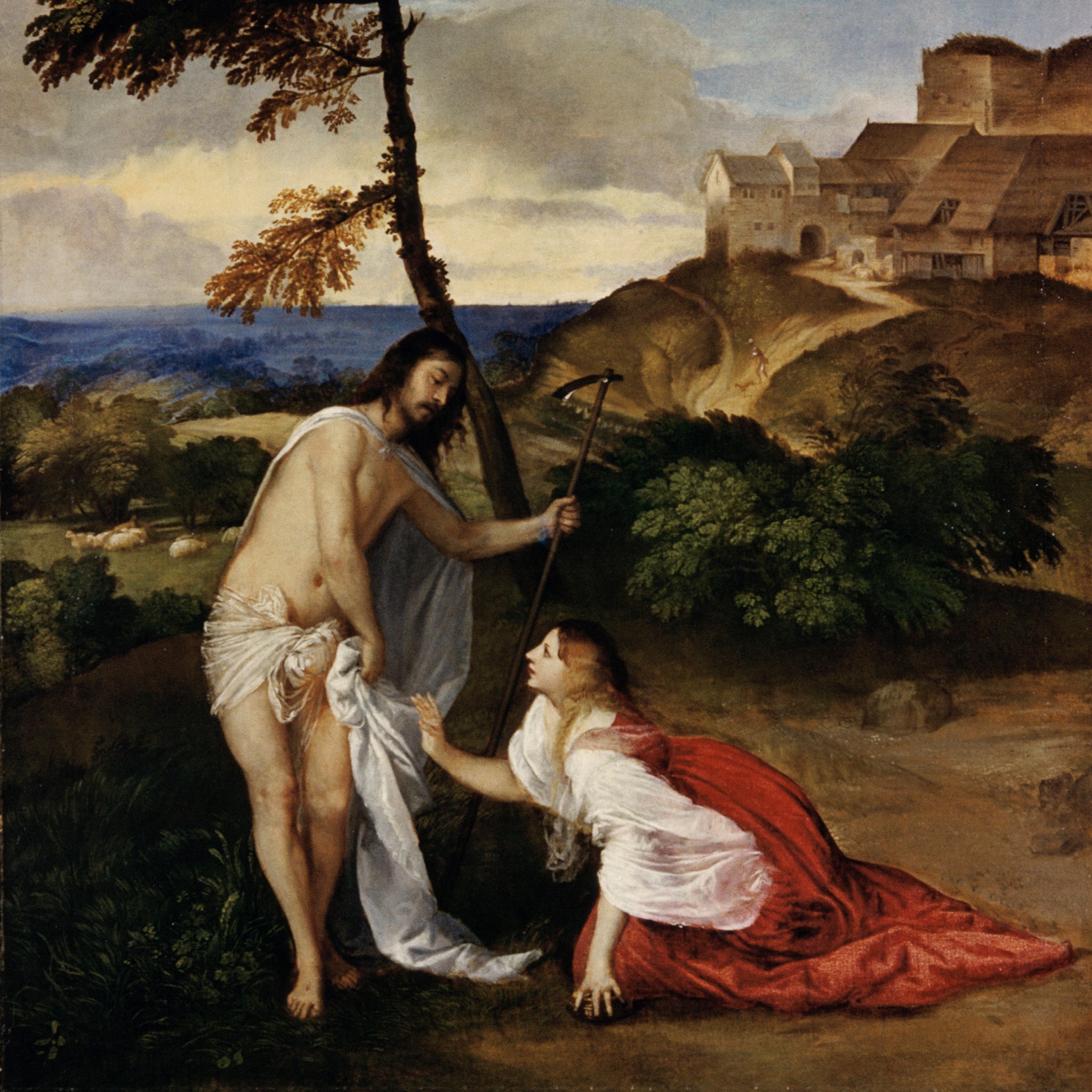The Lost Gospel by Simcha Javobovici and Barrie Wilson, book review: Was Jesus married?
Authors Javobovici and Wilson are confident, after ‘uncovering’ a document that says so

One by-product of the sexualisation of our society is an inability to take celibacy at face value.
Centuries ago, the successful diversion of sexual energy to other purposes was admired. Now it is seen either as impossible – like not breathing – or as fraudulent. We assume England’s Virgin Queen “must” have had it off with one of her courtiers, presumably the Earl of Leicester. Likewise, the world’s most famous male virgin must have got laid at some point.
Believers in the horny Christ – Jesus as sex god, rather than the god vicars talk about – have knocked around for centuries, undeterred by the Bible’s resolute unhelpfulness on the subject. The four gospels contain no hint of a Mrs Jesus lurking in the background, but that is not the end of the discussion for those who maintain that the four gospels were doctored and that the “real” story of Jesus – not the one that St Paul and his anti-sex brigade concocted – lies out there, undiscovered.
Jacobovici and Wilson, two North American sleuths, maintain that they have found this “lost gospel”, encoded in an ancient manuscript in the British Library. Purporting to describe the marriage of Joseph – the Old Testament Joseph, not Jesus’s earthly dad – “Joseph and Aseneth” is certainly fascinating; heaven sent, one might say, for a certain kind of New Age mystic.
It features a handsome, lusty Joseph, his beautiful Egyptian bride and a lot of mysterious numbers. There are ten rooms and seven virgins in the tale, as well as a swarm of bees. Tantalisingly, the manuscript, written in ancient Syriac, contains an annotation from the monk who commissioned its translation. It appears that he was about to reveal what it all meant, but then the last bit of the sentence goes missing. What was he about to say? Who tore off the rest of the page and why?
Jacobovici and Wilson are confident that he was about to say that Joseph and Aseneth are code words for Jesus and Mary Magdalene – she who pops up in the New Testament at various points as one of Jesus’s handful of female hangers-on. Following on from the startling revelation that Jesus tied the knot with one of his female disciples, the authors go on to insist that his whole message centred on the redemptive power of sex. At the Last Supper, he was not anticipating his own crucifixion with the bread and the wine: he was passing round a symbolic cup of his wife’s menstrual blood.
So there you have it, the real story, not the one they teach in Sunday School. It certainly gives “Holy Communion” a whole new meaning. I can’t say I feel persuaded. For one thing, even if we accept that “Joseph” is a stand-in for Jesus, it’s not clear why we should treat this particular take on Jesus’s life as more authentic and “truthful” than the four so-called canonical gospels. There may be a lost gospel out there, but I don’t think these two have found it.
Join our commenting forum
Join thought-provoking conversations, follow other Independent readers and see their replies
Comments
Bookmark popover
Removed from bookmarks